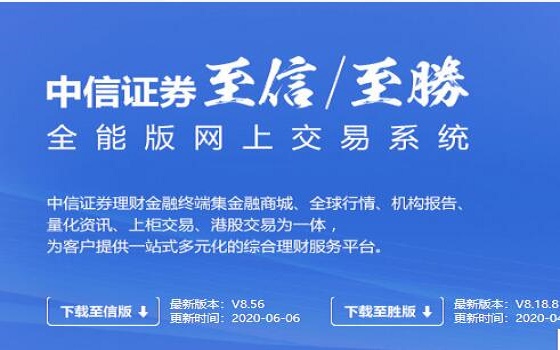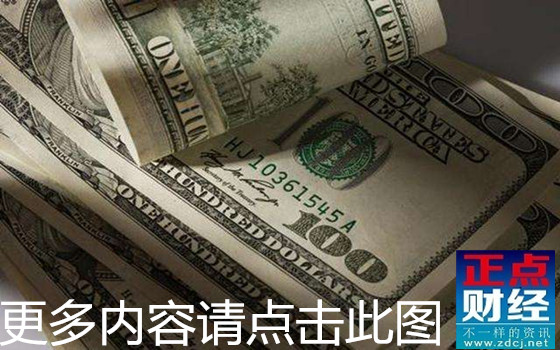China Equity Strategy:SOE Reform Part 1
SOE reform: why, when, how and who.
Since SOE reform was brought up as a key priority at the third plenum in 2013,a string of policy guidelines has been released with several groundbreakingcases announced across sectors and in various forms, including mixedownership and mergers among central SOEs. After the conclusion of the 19thParty Congress, we believe SOE reform will accelerate further in 2018-19. Inour first report on the SOE reform-related investment theme, we focus on thecontext, objectives, guidelines, progress, case studies and implications.
Moreover, we have identified a basket of 20 stocks as likely beneficiaries ofthe SOE reform to be implemented.
SOE reform: objectives, guidelines, features and progress.
The key objective of SOE reform is to improve the capital efficiency andproductivity of SOEs, through multiple functional targets such as diversifyingthe shareholder base, improving corporate governance, breaking monopolies,expediting supply-side reform and enhancing competitiveness. Despite thepivotal role played by SOEs, there is significant room for SOEs to catch up withPOEs (privately owned enterprises) in many aspects. The government has setup the reform agenda and a “1+N” policy framework, and a number ofgroundbreaking deals have been announced. Compared to previous reforms,we see three main differences in terms of macro backdrop, method and scope.
SOE reform is gathering pace at both central and local levels. The third-batchmixed ownership reform list is likely to be announced soon.
SOE reform: key modes and case studies.
We have recapped over a dozen SOE reform cases across the telecom, power,coal, energy, airline, shipping, metal, consumer, and industrial sectors since2013. Among these, the main modes adopted are mergers between centralSOE groups and mixed ownership reform at group/subsidiary levels with threesub-types of mixture method. We have also reviewed cases that took the formof asset injections, non-core asset disposals, employee share ownership plans(ESOP), and debt-to-equity swaps.
SOE reform: preliminary observations on benefits.
Although it is still too early to draw any conclusions on overall effectiveness,some qualitative arguments of the potential positive impacts can be outlined.
So far, the reform has led to scale benefits, better pricing power, reducedovercapacity, cost synergy, enhanced operating efficiency, and rising marketliberalization. Nevertheless, there have been a few cases that either did not gothrough or which failed to win the support of minority shareholders.
Identifying SOE reform plays.
We highlight a basket of 20 stocks that could be beneficiaries of the SOEreform to be implemented in the near term. They span various sectorsincluding utility, energy, materials, industry, telecom, transportation, autos andhealthcare. Their SOE reform is likely to take the form of: 1) mergers (HuadianPower, Huadian Fuxin, China Power Int’l, Datang Power, Chang’an Auto,Harbin Electric, CNBM); 2) mixed ownership with new shareholders (ChinaUnicom, PetroChina, Sinopec, China Eastern Airline); 3) parentco assetinjections (AviChina, Sinopec Kanton, Guangshen Railway, Longyuan Power,Angang Steel); 4) ESOP (Sinopec Engineering); or 5) non-core asset disposal(Universal Medical). In addition, as SOEs account for 56% of total corporateloans, big banks can also benefit via SOEs’ enhanced debt servicing capability.
Thus, we also include CCB in our SOE reform basket.
- ·市场分析:GDP数据发布 A股震荡回落 2019-10-18
- ·一周市场回:两市震荡下跌 有色、电气设备板块跌幅靠前 2019-10-18
- ·2019年4季度风险溢价预测:4季度末市场估值有下降压力 2019-10-18
- ·科创板新股申购策略之十九:宝兰德报价策略:估值区间67.56%-67.75%分位理性选择 2019-10-18
- ·市场交易主力资金系列:商业银行理财子公司投资全景手册 2019-10-18
- ·2019A股三季报业绩预告简评:创业板业绩持续向好 龙头股业绩占优 2019-10-18










